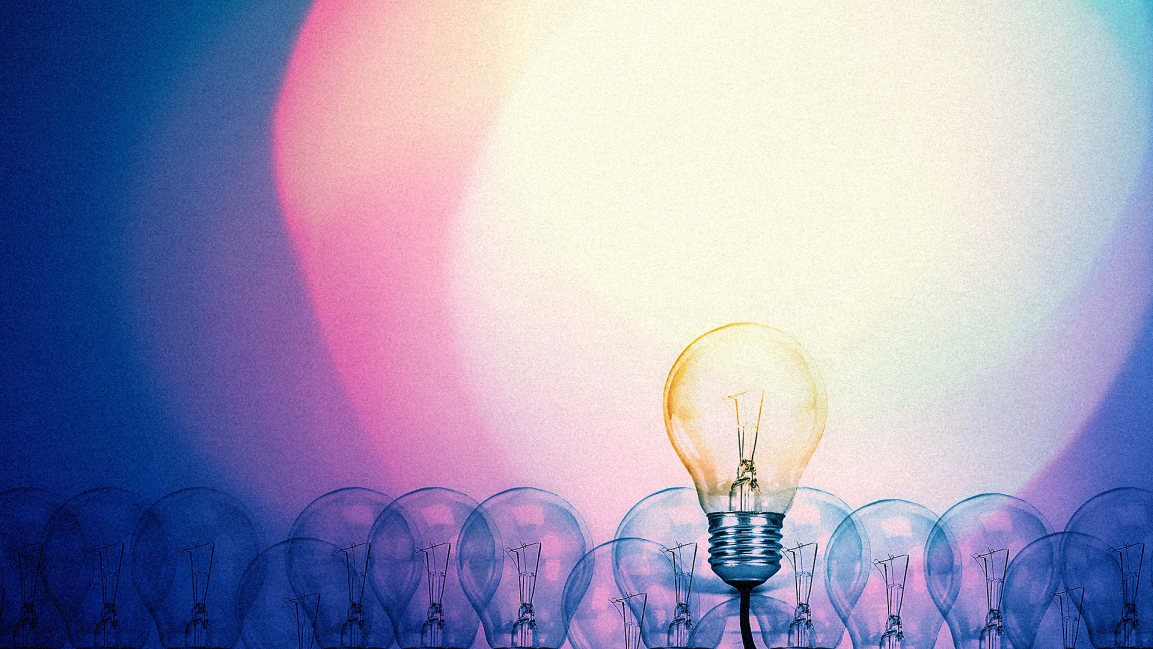National Inventors Hall of Fame will induct two Black women for the first time in history
The National Inventors Hall of Fame, which celebrates innovators and trailblazers both living and dead, will induct its first-ever Black female honorees this year.
Dr. Patricia Bath, an ophthalmologist and laser scientist, and Marian Croak, a computer engineer, will make history as part of the organization’s class of 2022. They are joined by 22 other annual inductees, whose portraits in the Arlington, Virginia, hall of fame will be unveiled next May.
The organization’s inductees count more than 600 inventors whose lifetimes span three centuries, and feature such famous names as Thomas Edison, Nikola Tesla, the Wright brothers, and Steve Jobs. Founded nearly five decades ago, its hallowed halls are looking more diverse in recent years, as newer classes are less overwhelmed by white male faces and more populated by figures like automobile chemist Margaret Wu (inducted in 2020) and Victor Lawrence, a Ghanaian-born data engineer whose work enabled the growth of high-speed internet (inducted in 2016). However, as a hall of fame spokesperson told NPR, there are still just 48 female inductees and 30 Black inductees total.
Bath, who was born in 1942 and died in 2019, was a pioneer on multiple fronts, becoming the first African American ophthalmology resident at New York University in the 1970s, and the first woman elected to the honorary staff of UCLA Medical Center in the 1990s. She is perhaps best recognized as the inventor of a laser cataract surgery tool, called the Laserphaco Probe, which can vaporize cataract clouds through a minimally invasive, 1-millimeter hole in the eye’s lens.
Croak, who was born in 1955, is currently the head of Google’s Research Center for Responsible AI and Human Centered Technology. After graduating from Princeton University and the University of Southern California’s doctoral program, she launched her career at Bell Labs (now AT&T). Later on, she worked to advance Voice over Internet Protocol technologies, which convert speech into digital signals that can be sent via the internet rather than over traditional telephone lines, giving rise to today’s audio-visual conferencing systems.
(17)



